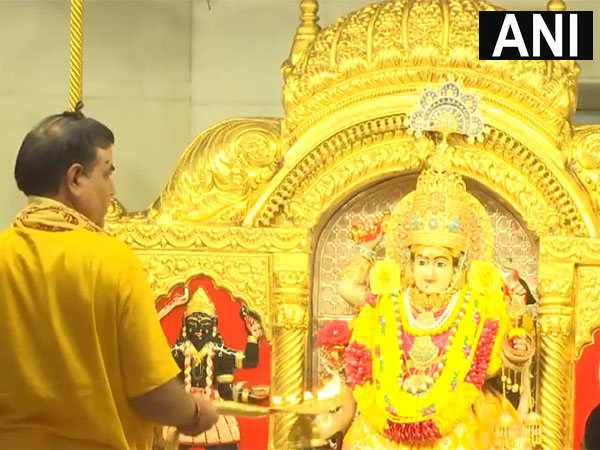Navratri Begins: India Celebrates Divine Feminine and Cultural Unity
The first day of Shardiya Navratri marks the beginning of a nine-day festival in India, celebrating Goddess Durga. Devotees across the nation gather for rituals and prayers. Leaders emphasize unity and inclusiveness, while cultural events and traditional dances reflect the festival's rich heritage.

- Country:
- India
On the inaugural day of Shardiya Navratri, devotees flocked to Delhi's Jhandewalan Mata Temple for the traditional aarti, heralding the start of the nine-day festival dedicated to Goddess Durga. Celebrated with fervor across India, Navratri involves rituals and prayers honoring the goddess in her myriad forms.
Ahead of the festivities, Uttarakhand Chief Minister Pushkar Singh Dhami conveyed his greetings, underscoring Navratri's significance in venerating the divine feminine. 'Navratri holds special significance as we worship various forms of Maa Durga, symbolizing women's power and reflecting our culture,' Dhami stated.
In West Bengal, Chief Minister Mamata Banerjee inaugurated Durga Puja at Jodhpur Park, focusing on unity and inclusivity. She expressed wishes for health and well-being, emphasizing respect for all religions and communities. Durga Puja, akin to Navratri, commemorates Goddess Durga's victory over Mahishasura, a symbol of good triumphing over evil.
While southern states honor the victories of Durga or Kali, in Gujarat, Navratri is marked by aarti followed by traditional garba dances. Celebrations encompass nine days of goddess worship, featuring rituals, decorations, recitals, and chants, coupled with cultural events like pandal competitions and dance performances aligned with the harvest season.
The concluding day, Vijayadashami, symbolizes the triumph of good over evil. Statues of Goddess Durga are immersed in water, and effigies of demons are burnt, reflecting evil's destruction. The festival sets the stage for Diwali, celebrated 20 days post-Vijayadashami.
(With inputs from agencies.)










